
More Helpful Content
It is critical that all goods and documents be handled on time since this might cause delays and higher expenses. The Arrival Notice also called a Cargo Arrival Notice is a crucial document to ease this at the destination. Using a freight arrival notice to alert related parties of the carrier’s arrival can help to expedite the prompt unloading of the goods, the claim of the items by authorized parties, and the carrier’s ability to take on further freight for an outward voyage.
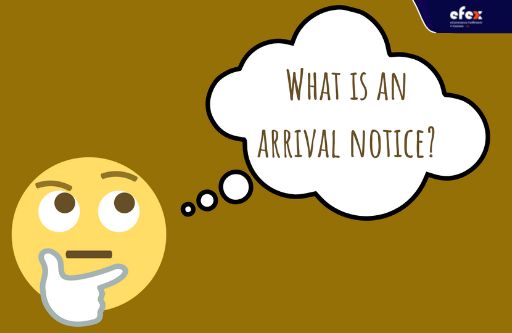
Let’s discover what an arrival notice is and related information about this notification to understand its importance.
A shipping document provided by a carrier announcing that a shipment has arrived or will arrive at a given address is known as an Arrival Notice. Notice of arrival is also a document for the consignee to use as a basis to pick up the goods.
👉 Read More: What are the 5 R’s of reverse logistics?
Arrival Notices are prevalent in both sea and air freight transit modes and are sent by the majority of cargo airlines and ocean companies.
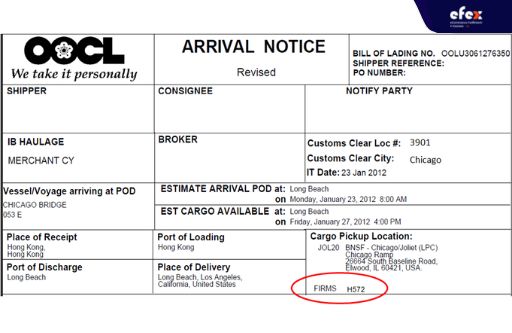
The arrival notification contains information about the arriving cargo that corresponds with the marine freight bill of lading for international shipment. It should also include preliminary instructions for recovering imported products, destination charges associated with cargo releases, and a list of shipping papers required to obtain the release. x
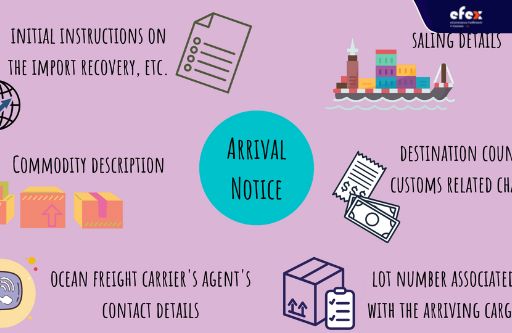
Other information, like the vessel name, the agency in charge of the vessel, and whether the vessel will need to load or unload at more than one berth may be asked on the arrival notification. This sort of information assists the port in welcoming the vessel on schedule and in designating one or more berths to handle the procedures of loading and unloading.
👉 Read More: Advanced Shipping Notice (ASN): Definition, Example and Benefits
The tables below will list all the information that can have on the arrival notice.
| Information | Description |
| Shipper Details | It includes the name, location, and contact information of the exporters. Most of the time, the exporters are also the sellers. |
| Consignee Details | In contrast to the shipper details, the consignee details contain the name, location, and contact information of the importers or the buyers. |
| Notify Party Details | It is the consignee’s alternate contact. The consignee may also choose a customs broker or freight forwarder. This section also includes the notified party’s name, location, and contact information. |
| BL, SWB, or AWB Number | It is the contract of the carriage's unique identifying number, such as air waybill, sea waybill, or bill of lading. The carrier normally assigns this number. |
| Vessel/Flight Information | It is the name of the ship or plane carrying the cargo, and also the journey or flight number. |
| Cargo Information | It refers to a broad description of the items’ kind and number as disclosed by the shipper. |
| Container or ULD Number | It is the container number that is used in sea freight shipping or the ULD number that is used in air freight shipping. |
| Estimated Time of Arrival (ETA) | It shows the estimated arrival date of the cargo at the discharging port or terminal airport. |
| Actual Time of Arrival (ATA) | It means the time the cargo arrived at the discharging port or the time the plane arrived at the destination airport. |
| Port of Loading / Origin Airport | This is the original place where the goods were loaded. |
| Port of Discharge / Destination Airport | The place where the goods will be discharged. |
| Place of Receipt | The location where the goods were accepted by the transporter. This location might be as same as the loading port or the original airport. |
| Place of Delivery | This is the final destination of the package. Typically, this is the final port, airport, or ultimately delivery site at the consignee’s facility. |
| Cargo Pickup Location | The location where products may be picked up following import clearing customs. This is often the container terminal for maritime freight or the airport terminal for air freight. |
| Freight Terms | The agreed-upon freight terms or incoterms between both the shipper and consignee. This generally indicates whether the conditions are freight collection or freight prepayment. |
| Freight Charges | The payment owed to the carrier for the shipment of goods by sea or air. |
Arrival notifications are sent by both airlines and freight forwarders. If the carrier is also a freight forwarder, the arrival notification will be sent from the carrier to the freight forwarder, who then sends it to the receivers.
If you are negotiating with a shipment line directly, the shipping company will send an arrival note to the receivers. The arrival notification is usually issued to both the notified party and the consignee.
In the notify party field, the consignee names one or more of their suppliers so that they may begin the destination operations when the arrival notice is received. Most of these suppliers are truckers, freight forwarders, or customs brokers.
>> Learn more: Forwarding services in Vietnam
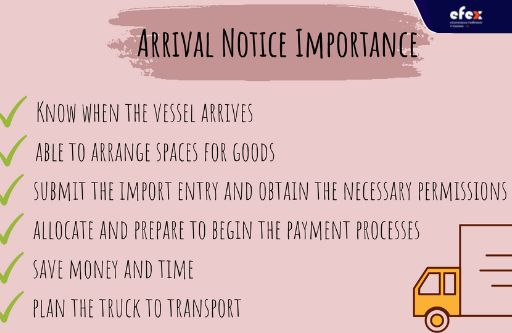
The arrival notice is a critical shipping document because it reveals whether or not items have arrived. This allows the consignee's vendors to take part in destination operations such as container collection and clear customs.
One more thing to notice is that on a bill of lading or in the track-and-trace systems, the expected time of arrival is not always accurate since weather, port congestion, or other factors impacting cargo arrival may cause vessels to be postponed.
As a result, the arrival notice is a critical document since it serves as a more accurate indication of a shipment’s arrival at the discharge port or destination airport. The following are essential factors why an arrival notification is needed.

There is no set format for an arrival note, and not all carriers use the same format. Whereas the specifies may vary, they all include the same type of content. The most critical feature is that your carrier sends an arrival notification to all parties involved. Bigger airlines, freight companies, and shipping companies typically employ system-based arrival notifications that are generated automatically by their transport management system (TMS).
While smaller airlines, shipping companies, and freight forwarders may issue arrival notices manually using a templated form. In some cases, however, the arrival notification must be made in advance so that the port can assign berth spaces to approach goods.
In this situation, the document is known as advance notice of arrival (ANOA), and it will request information about the vessel itself, including size and the cargo transported type.
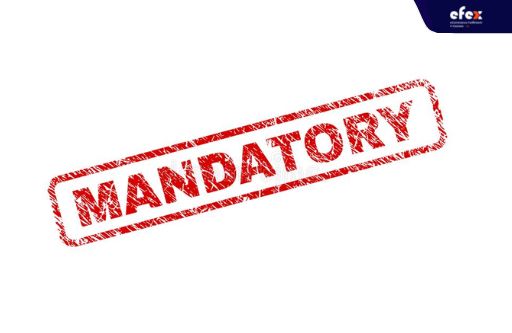
Although arrival notices are not required by law, like some other shipping documentation, air, and sea carriers are urged to provide them since they can save an amount of time and money for all parties at the destination.
The specific structure of an arrival notice will be determined by the restrictions imposed by the port where the goods are received, as well as any rules or regulations that the port must follow. For your convenience, an arrival notice sample is provided below. It includes sample data to help you imagine what it looks like.
| Agents | ICB Logistics LLC |
| PIC | Henry Smith |
| Attention | [email protected] |
| Shipper Name & Address | Fresh Seafood Inc./ 108 Tran Phu Street, Ho Chi Minh City, Vietnam 700000 |
| Consignee Name & Address | Asia Seafood / 184 Brown Street, Seattle, Washington, USA |
| Notify Part & Address | Custom Freight Brokers Inc. 15 Green Street, Seattle, Washington |
| MBL/HBL Number | AFPO8953765 / VNHUT109382443 |
| Vessel/Flight Information | VN654 |
| Cargo Information (description, quantity, etc.) | 500 Packages of fresh seafood |
| Place of Receipt | Ho Chi Minh City, Vietnam |
| Port of Loading | Nha Trang, Vietnam |
| Port of Discharge | Port of Seattle |
| ETA | June 13, 2022 1900H |
| ATA | June 14, 2022 0300H |
| Incoterms | FOB |
| Freight Charges | Payment as arranged |
| Container Number | VNSA20465823 |
| Weight | 20 KGS |
| Demurrage/ Detention | 5 days combined |
👉 Read More: 3PL Cost: All Fees And Why You Need To Pay
Because the rules and regulations of every country that apply are different, learning how arrival notice is organized at each port and whether advance notices are necessary can assist in preparing for claiming and shipping goods from the port. You've found this article so helpful? Let's forget to follow our Fanpage and Efex to get many interesting articles!


